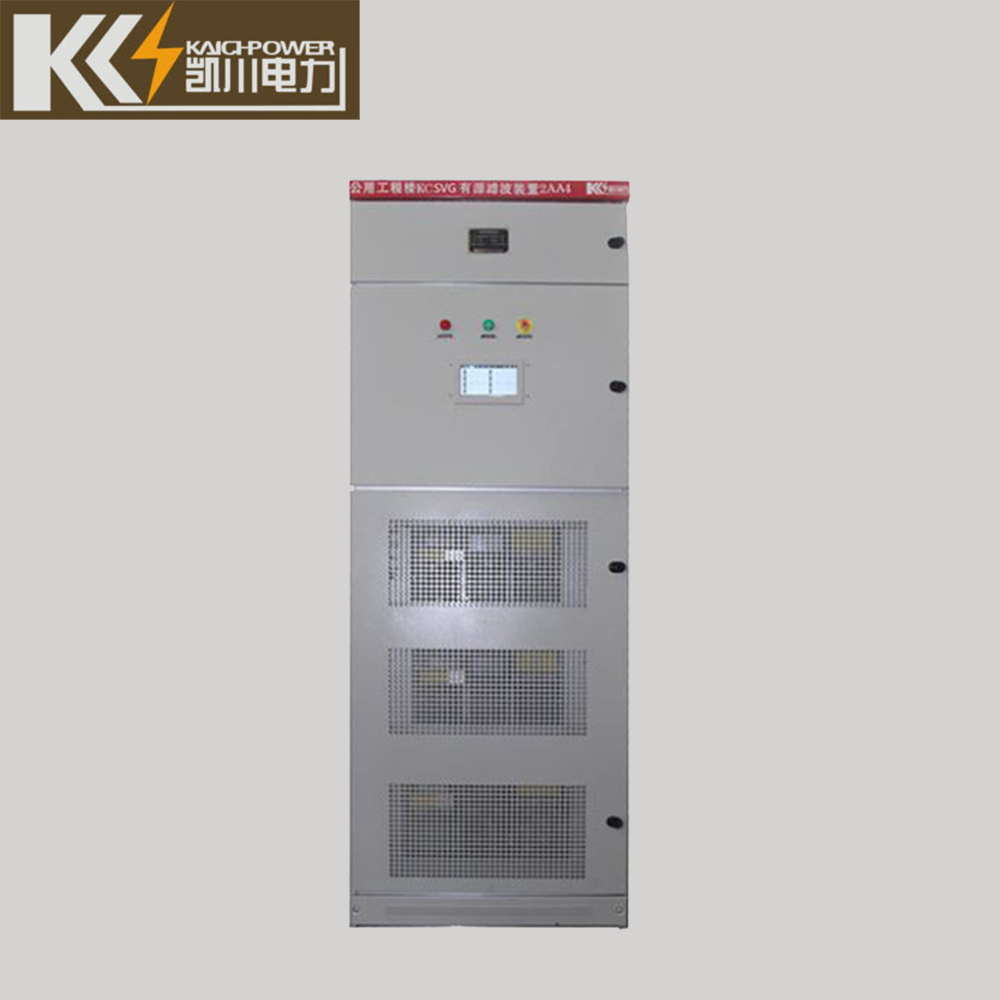
Introduction
When it comes to reactive compensation, choosing the right solution is crucial for the efficient operation of electrical power systems. One such solution that has gained popularity is the Static Var Generator (SVG). In this article, we will explore why the SVG is the chosen solution for reactive compensation and the benefits it offers over other alternatives.
What is Reactive Compensation?
Before we delve into the reasons for choosing SVG, let’s first understand the concept of reactive compensation. In electrical power systems, reactive power is the power that oscillates between the source and the load due to the presence of inductance and capacitance. This reactive power can lead to a number of issues such as voltage drops, increased line losses, and decreased power factor.
Reactive compensation is the process of mitigating these issues by introducing reactive power of opposite sign to cancel out the reactive power in the system. This can be achieved through various methods, one of which is the use of Static Var Generators.
Advantages of Static Var Generators
Now, let’s explore why SVGs are the chosen solution for reactive compensation:
1. Fast Response Time
One of the key advantages of SVGs is their ability to provide a fast response time. Traditional methods of reactive compensation, such as capacitor banks, have a slower response time. This means that they may not be able to quickly compensate for sudden changes in reactive power demand. SVGs, on the other hand, can respond within milliseconds, ensuring efficient compensation even in dynamic systems.
2. Precise Reactive Power Control
SVGs offer precise control over reactive power compensation. They can continuously monitor the reactive power demand and adjust their output accordingly. This level of control allows for accurate compensation and ensures that the power factor is maintained at optimal levels. Additionally, SVGs can provide both leading and lagging reactive power compensation, making them versatile in various applications.
3. Improved Power Quality
By providing reactive power compensation, SVGs help improve the overall power quality in electrical power systems. They help reduce voltage drops, stabilize voltage levels, and minimize line losses. This not only improves the efficiency of the system but also reduces the risk of equipment damage and downtime.
4. Space and Cost Savings
Compared to traditional methods of reactive compensation, SVGs offer significant space and cost savings. Capacitor banks, for example, require a considerable amount of physical space and can be expensive to install and maintain. SVGs, on the other hand, are compact in size and can be easily integrated into existing power systems. This makes them a cost-effective solution in terms of both installation and long-term operation.
Conclusion
Choosing the right solution for reactive compensation is essential for maintaining the efficiency and reliability of electrical power systems. The Static Var Generator (SVG) stands out as the chosen solution for its fast response time, precise control over reactive power, improved power quality, and space and cost savings. By opting for SVGs, power system operators can ensure optimal performance and mitigate the challenges associated with reactive power.